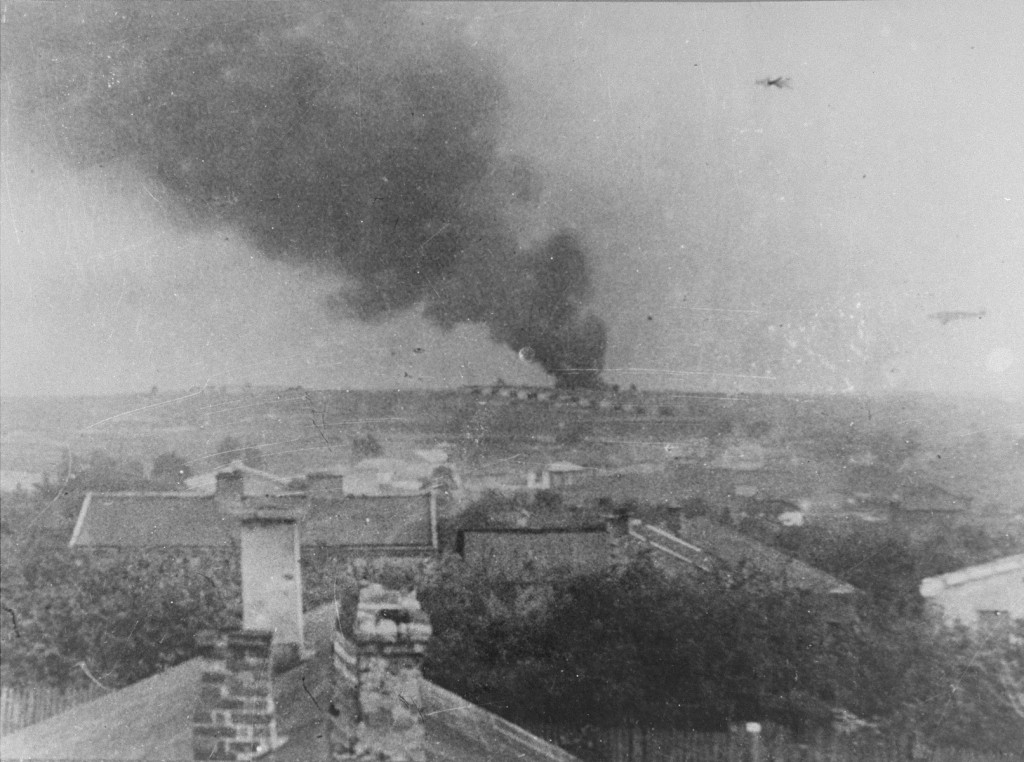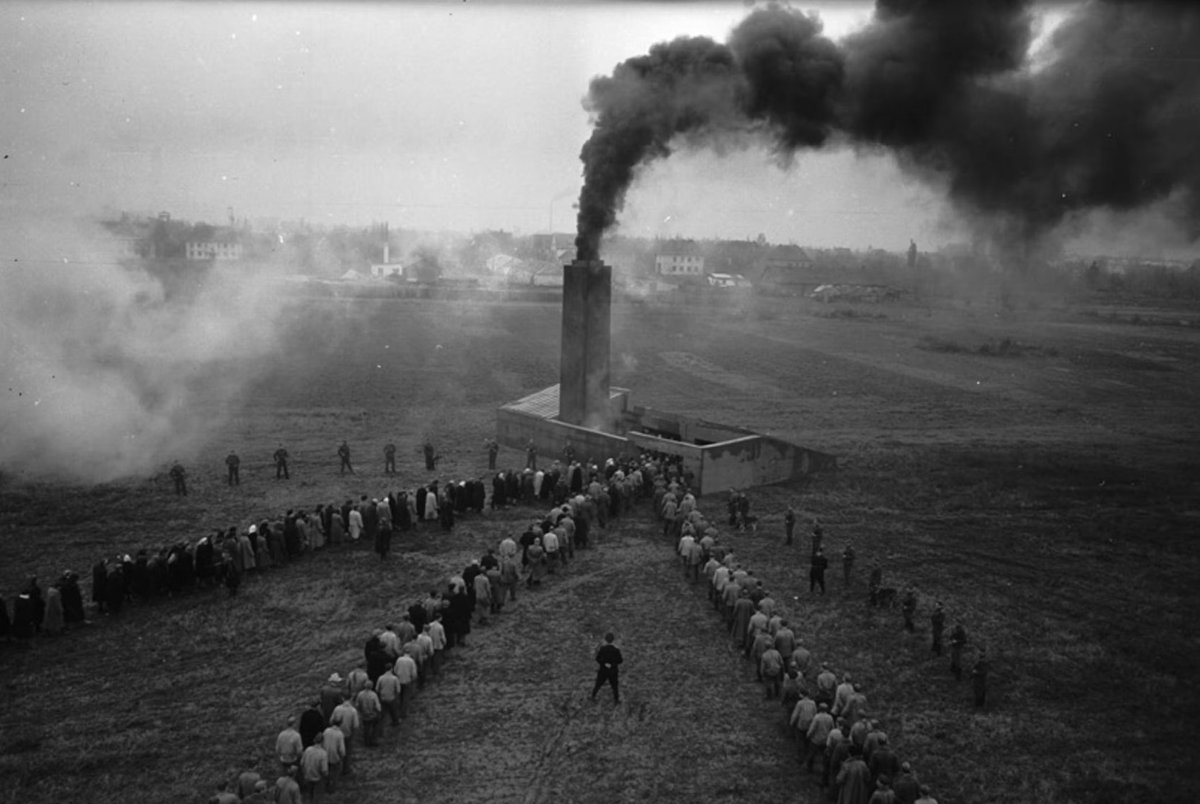"The Abundance-Induced Overconfidence Phenomenon" 🧵
Have i just coined a term?
For a long time now I have been trying to find the right wording to accurately describe the fact that we are living in an era where the abundance of information we have access to is often misused by those who simply do not possess the intellectual capacity to process it appropriately.
I believe that "The Abundance-Induced Overconfidence Phenomenon" captures this very well.
This is why Holocaust denial is on the rise. It is why even some very prominent figures are asking, "Was Hitler really that bad?" and it is applicable to a whole host of other subjects that are entirely unrelated.
Here is a breakdown of what I think this phenomenon encompasses 🧵:
Have i just coined a term?
For a long time now I have been trying to find the right wording to accurately describe the fact that we are living in an era where the abundance of information we have access to is often misused by those who simply do not possess the intellectual capacity to process it appropriately.
I believe that "The Abundance-Induced Overconfidence Phenomenon" captures this very well.
This is why Holocaust denial is on the rise. It is why even some very prominent figures are asking, "Was Hitler really that bad?" and it is applicable to a whole host of other subjects that are entirely unrelated.
Here is a breakdown of what I think this phenomenon encompasses 🧵:

1. Information overconfidence
This occurs when individuals gain access to a vast quantity of data, for example through the internet or social media, and assume that the sheer volume of information equates to understanding.
They may skim articles, videos or online discussions and feel empowered to draw conclusions well beyond their actual expertise.
The risk is that they mistake availability for accuracy, and their confidence grows even as their comprehension remains superficial. In extreme cases, this can lead to the adoption of radical or unfounded beliefs simply because they consider themselves well-informed.
This occurs when individuals gain access to a vast quantity of data, for example through the internet or social media, and assume that the sheer volume of information equates to understanding.
They may skim articles, videos or online discussions and feel empowered to draw conclusions well beyond their actual expertise.
The risk is that they mistake availability for accuracy, and their confidence grows even as their comprehension remains superficial. In extreme cases, this can lead to the adoption of radical or unfounded beliefs simply because they consider themselves well-informed.
2. The Dunning–Kruger effect in the context of abundant information
Traditionally, the Dunning–Kruger effect describes how individuals with limited competence in a field overestimate their abilities.
With the abundance of information available today, this effect is amplified. People may engage with expert-level material superficially and mistake familiarity with mastery.
They may then feel justified in questioning well-established facts or complex theories, without realising that their understanding is incomplete or flawed. The internet creates an illusion of expertise and accelerates this phenomenon.
Traditionally, the Dunning–Kruger effect describes how individuals with limited competence in a field overestimate their abilities.
With the abundance of information available today, this effect is amplified. People may engage with expert-level material superficially and mistake familiarity with mastery.
They may then feel justified in questioning well-established facts or complex theories, without realising that their understanding is incomplete or flawed. The internet creates an illusion of expertise and accelerates this phenomenon.
3. Epistemic hubris
Epistemic hubris is intellectual arrogance, the belief that access to information alone confers the ability to interpret it correctly.
Those exhibiting epistemic hubris may reject consensus science, historical accounts or expert opinion not because they have evidence, but because they assume that their own interpretation is superior.
This often manifests as contrarianism presented as critical thinking, frequently accompanied by a sense of moral or intellectual self-righteousness.
Epistemic hubris is intellectual arrogance, the belief that access to information alone confers the ability to interpret it correctly.
Those exhibiting epistemic hubris may reject consensus science, historical accounts or expert opinion not because they have evidence, but because they assume that their own interpretation is superior.
This often manifests as contrarianism presented as critical thinking, frequently accompanied by a sense of moral or intellectual self-righteousness.
4. Conspiratorial thinking or pseudo-scepticism
Some individuals adopt the appearance of scepticism to justify rejecting established facts.
The more fragmented or misleading information they encounter online, the more they feel entitled to reinterpret history, science or social phenomena according to their own narrative.
This can result in outright denialism or belief in elaborate conspiracies. The scepticism is only superficial because it ignores rigorous standards of evidence and rewards doubt for its own sake.
Some individuals adopt the appearance of scepticism to justify rejecting established facts.
The more fragmented or misleading information they encounter online, the more they feel entitled to reinterpret history, science or social phenomena according to their own narrative.
This can result in outright denialism or belief in elaborate conspiracies. The scepticism is only superficial because it ignores rigorous standards of evidence and rewards doubt for its own sake.
5. Digital age radicalisation
This refers to the way that the sheer volume of content available online can push individuals towards extreme beliefs.
Algorithms, echo chambers and recommendation systems often amplify sensational or fringe viewpoints, reinforcing the illusion that these ideas are credible.
The combination of endless information, persuasive narratives and social validation can gradually radicalise individuals, especially if they already exhibit epistemic hubris or information overconfidence. This phenomenon is not limited to politics, as it can influence scientific denial, health misinformation or historical revisionism.
This refers to the way that the sheer volume of content available online can push individuals towards extreme beliefs.
Algorithms, echo chambers and recommendation systems often amplify sensational or fringe viewpoints, reinforcing the illusion that these ideas are credible.
The combination of endless information, persuasive narratives and social validation can gradually radicalise individuals, especially if they already exhibit epistemic hubris or information overconfidence. This phenomenon is not limited to politics, as it can influence scientific denial, health misinformation or historical revisionism.
6. Ultimately, the Abundance-Induced Overconfidence Phenomenon shows that just having access to information does not make us more knowledgeable.
When people overestimate their understanding, it can lead to denial, misinterpretation, or extreme beliefs. Being aware of this is the first step to thinking more carefully and engaging with information responsibly.
/End.
When people overestimate their understanding, it can lead to denial, misinterpretation, or extreme beliefs. Being aware of this is the first step to thinking more carefully and engaging with information responsibly.
/End.
• • •
Missing some Tweet in this thread? You can try to
force a refresh




















